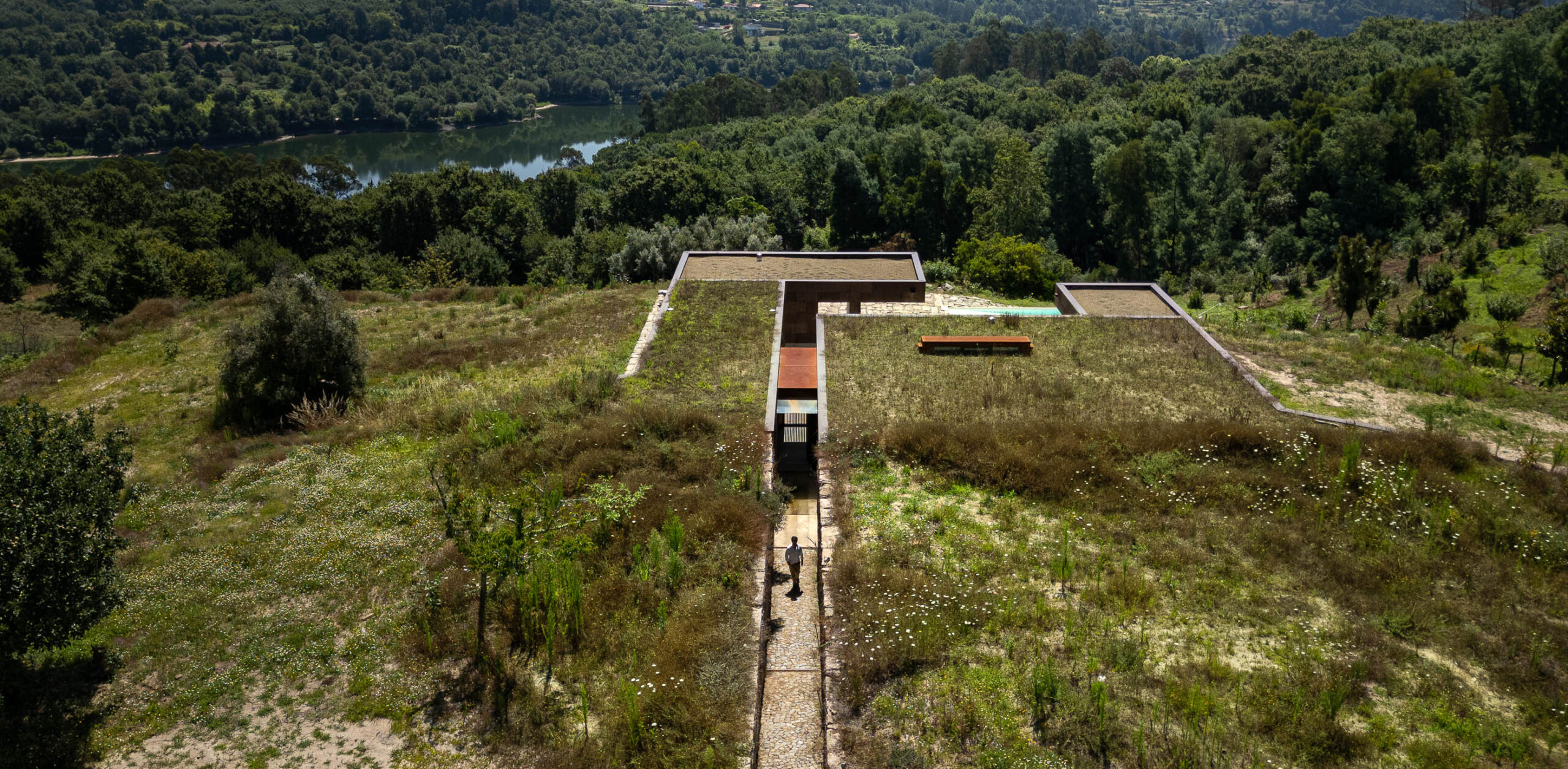The Court Theatre completes following Christchurch earthquake


Architecture studios Haworth Tompkins and Athfield Architects have completed The Court Theatre in New Zealand, wrapped by timber benches and large windows that create connections between its public and back-of-house areas.
The completion of the 3,700-square-metre centre marks the return of The Court Theatre to the heart of Christchurch, after it was forced to temporarily relocate to the suburbs following the city's devastating 2011 earthquake.

Uniting all of the theatre's production facilities under one roof, the building contains a 350-seat main auditorium and 150-seat studio alongside workshops for costume, prop, lighting and sound design, educational and community spaces and a public bar and cafe.
Celebrating the return of the theatre to the city centre, Haworth Tompkins and Athfield Architects looked to create a space that would embody a feeling of "openness, visibility, and connectivity," facing the street with a triple height, timber-framed atrium.

"This project has always been about more than just designing a building – it's about helping to restore a cultural heart to Ōtautahi Christchurch," said Roger Watts, director at Haworth Tompkins.
"The Court Theatre is a producing house in the truest sense, and we wanted to create a building that celebrates that process: open, visible, alive with creativity, and deeply connected to its city," he added.

The plan of the theatre is organised around its largest auditorium – the Stewart Family Theatre – which is wrapped by offices and workspaces to the northeast and production and educational facilities to the west.
Built atop earthquake-resilient raft foundations of concrete, which were also used to acoustically isolate the central auditorium, the theatre was constructed from a combination of steel and timber that was left visible on both the interior and exterior.
Facing Gregory Street to the south is The Gough Family Foyer, a triple-height gathering space framed by large timber beams and cross-bracing, organised around a copper bar and a steel staircase leading to the auditorium's upper levels and first-floor studio areas.
To the southwest, The Wakefield Family Front Room studio theatre is wrapped by blackout shutters that can be opened to daylight and views from Columbo Street, where a wide canopy and benches provide a space for passers-by to stop and rest.
"Generous windows and sheltered external terraces aim to make the foyer feel porous, explicitly welcoming to all," explained Watts.

"Windows on Columbo also provide glimpses into the scenery workshop at street level and into the wigs and costume workshop above, a rare example of craft and manufacturing alive in the city centre," he added.
"The building's use by the theatre company and the public in ways collectively imagined during the design stages is gratifying, observing the spaces inhabited and performed in – in unexpected ways – is even more rewarding,” added Athfield Architects principal Jon Rennie.

The technical design of the theatre spaces was completed in collaboration with specialist consultants Charcoalblue, and the building is the first in New Zealand to incorporate powered flying systems.
Haworth Tompkins has previously completed numerous theatre projects in the UK, including the restoration of the historic Theatre Royal Drury Lane and a chainmail-clad entrance pavilion for the home of immersive theatre company Punchdrunk.
The photography is by Simon Devitt.
The post The Court Theatre completes following Christchurch earthquake appeared first on Dezeen.



















































